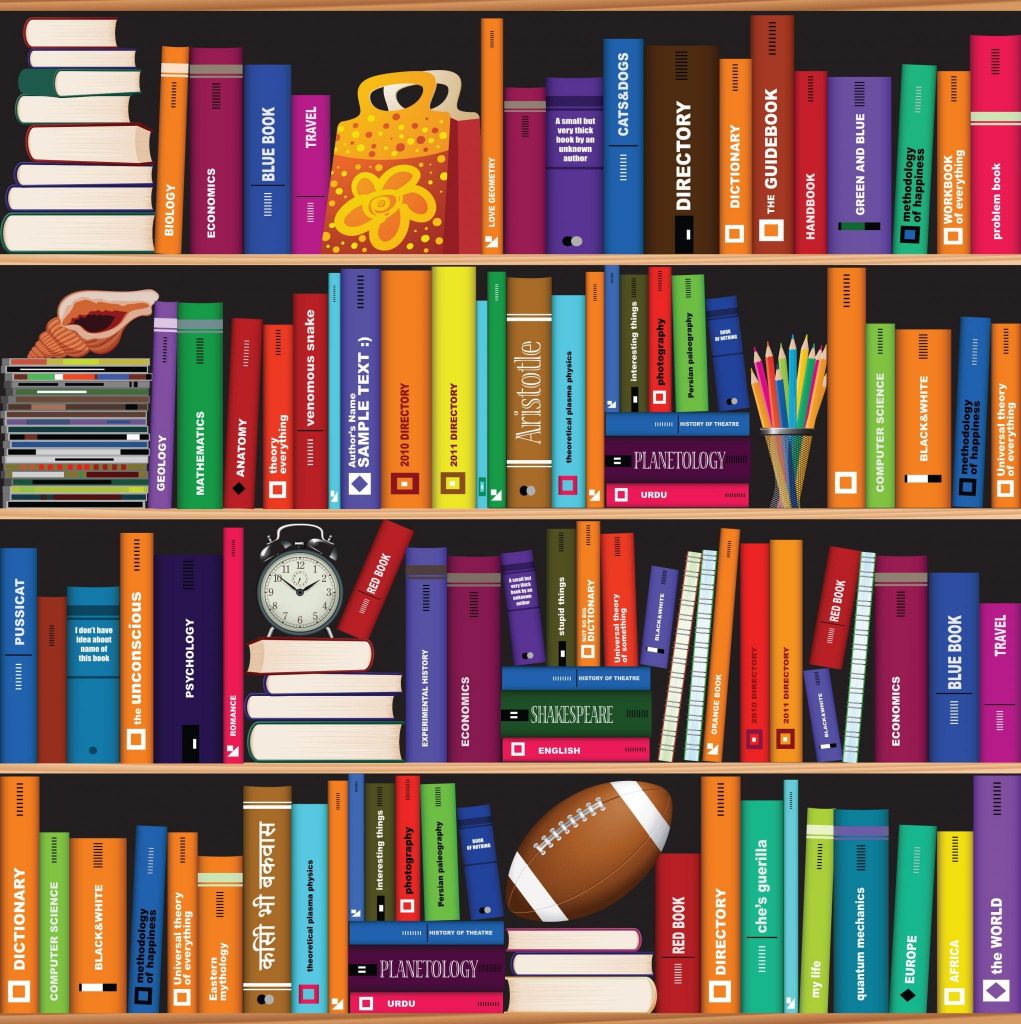
In 2011, the Republic of the Philippines began a major overhaul of the K-12 education in the Philippines. Prior to 2011, education in the Philippines had not been compulsory and had only been offered for ten years as compared to the twelve for most other developed countries.
The Department of Education in the Philippines began to implement the new K-12 system of education, requiring that all children attend school and including a new academic curriculum. This implementation will be phased over several years as Filipino children begin attending school on a mandatory basis.
The phasing of the new educational program began with the implementation of a universal kindergarten and the enactment of the new basic law of education. The next step was to phase in first through fourth grade and then seventh through tenth grade and to begin modeling the Senior High School.
The final phase of the new K-12 education in the Philippines is to completely implement the Senior High School grades eleven and twelve.
One of the primary improvements in K-12 education in the Philippines is the new academic curriculum. The curriculum focuses on various areas depending upon the academic year:
* Kindergarten – pupils must learn numbers, alphabet, colors, and shapes. Learning takes place through dances, games, and songs, but is in the child’s mother tongue so that after the First grade each child can read in their mother tongue.
* First grade – Filipino and English are taught, with an emphases on oral fluency
* Fourth grade – Filipino and English are taught, but as instruction languages
* Grades 7 – 10 – Biology, Chemistry, and Physics will be taught, as well as Math
* Grades 11 – 12 – Core curriculum will be taught, along with a Specific Track chosen by the student. Core curriculum learning areas:
o Languages
o Communication
o Literature
o Math
o Natural sciences
o Philosophy
o Social sciences
* The Specific Tracks are:
o Academic which has three strands:
* Business, management, and accountancy
* Education, humanities, and social sciences
* Technology, engineering, science, and math
o Sports and Arts provides education on the fields of arts and sports
o Technical-vocational-livelihood specializes in vocational studies and learning. The student can earn a National
Certificate Level II if they pass a competency-based assessment in the technical education and skills development Authority. This certificate proves the student is employable in fields such as electronics, agriculture, and trade.
Enrollment figures in primary and secondary schools are up and students are showing an improvement in test scores. The new K-12 education in the Philippines seems to be working, but there is still much to be done before it can be deemed a success.